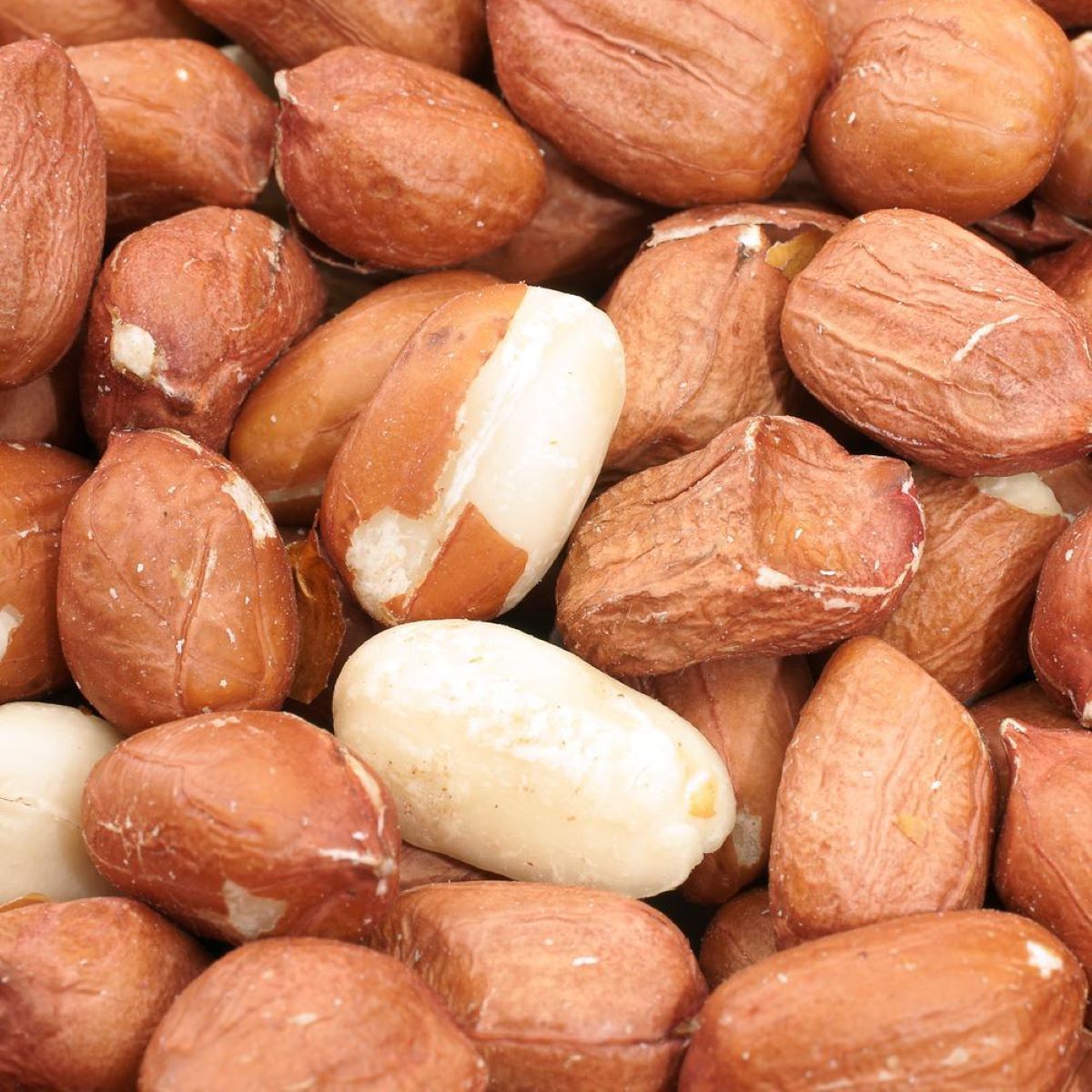

Articles
How To Store Unshelled Peanuts
Modified: February 23, 2024
Looking for articles on how to store unshelled peanuts? Find helpful tips and tricks for keeping your peanuts fresh and delicious for longer.
(Many of the links in this article redirect to a specific reviewed product. Your purchase of these products through affiliate links helps to generate commission for Storables.com, at no extra cost. Learn more)
Introduction
Welcome to this comprehensive guide on how to properly store unshelled peanuts. Whether you love snacking on peanuts or enjoy using them in various recipes, it’s important to know how to store them correctly to maintain their freshness and flavor. Unshelled peanuts, also known as raw peanuts, are the whole nuts that are still encased in their protective shells. By storing them properly, you can ensure that they stay delicious and crunchy for an extended period of time.
Unshelled peanuts offer a range of benefits over their shelled counterparts. One major advantage is their longer shelf life. Since the shells act as a barrier, unshelled peanuts are less likely to spoil or go rancid compared to shelled peanuts. The shells also protect the nuts from exposure to light and air, which can cause them to lose their natural oils and become stale.
Another benefit of unshelled peanuts is that they are typically more affordable than their shelled counterparts. By buying in bulk and storing them properly, you can take advantage of cost savings and always have a supply of peanuts on hand for your snacking or cooking needs.
Now let’s dive into the specifics of storing unshelled peanuts to ensure their long-lasting freshness.
Key Takeaways:
- Unshelled peanuts offer extended freshness, cost-effectiveness, and versatility. Proper storage in a cool, dry environment with breathable containers and regular checks ensures their deliciousness for months.
- Choose high-quality unshelled peanuts, store in a cool, dry place, and use breathable containers. Regularly check for freshness and enjoy their versatility in various culinary applications.
Read more: How To Store Unshelled Pecans
Benefits of Unshelled Peanuts
Unshelled peanuts offer a host of benefits that make them a great choice for snacking or cooking. Here are some of the key advantages:
- Freshness and flavor: The shells of unshelled peanuts act as a protective barrier, preserving the freshness and flavor of the nuts for a longer period of time. This means that when you crack open the shell to enjoy the nut, you’ll experience a crisp and flavorful taste.
- Extended shelf life: Compared to shelled peanuts, unshelled peanuts have a longer shelf life. The shells help to shield the nuts from light, air, and moisture, which are elements that can cause the nuts to spoil or become rancid. Properly stored unshelled peanuts can stay fresh for several months.
- Cost-effective: Unshelled peanuts are often more affordable than their shelled counterparts. By buying in bulk and storing them properly, you can save money while enjoying a constant supply of delicious and nutritious peanuts.
- Nutritional value: Unshelled peanuts are packed with essential nutrients. They are an excellent source of protein, healthy fats, fiber, and various vitamins and minerals. Snacking on unshelled peanuts can provide you with sustained energy and fullness.
- Versatility: Unshelled peanuts can be used in a variety of culinary applications. Whether you’re adding them to salads, stir-fries, trail mixes, or homemade peanut butter, the possibilities are endless. Their natural crunch and rich flavor can elevate any recipe.
With all these benefits, it’s clear why unshelled peanuts are a popular choice among nut enthusiasts. Now that we’ve explored the advantages, let’s move on to understanding how to choose the right peanuts for storage.
Choosing the Right Peanuts for Storage
When it comes to storing unshelled peanuts, selecting the right nuts is essential to ensure optimal freshness and quality. Here are some factors to consider when choosing peanuts for storage:
- Quality: Look for unshelled peanuts that are fresh and free from any signs of mold, discoloration, or damage. Inspect the shells for cracks or holes, as this can indicate that the nuts have been compromised.
- Variety: Choose peanuts that suit your preferences and intended use. Virginia peanuts are known for their large size and bold flavor, while Spanish peanuts are smaller with a slightly sweeter taste. Runners peanuts are commonly used for peanut butter due to their high oil content.
- Organic or conventional: Consider whether you prefer organic or conventionally grown peanuts. Organic peanuts are grown without the use of synthetic pesticides or fertilizers, making them a more environmentally-friendly choice.
- Roasted or raw: Decide whether you want to store roasted or raw unshelled peanuts. Roasted peanuts have a more intense flavor and a slightly different texture compared to raw peanuts.
- Quantity: Determine how many unshelled peanuts you need based on your consumption habits and storage capacity. Buying in bulk can be a cost-effective option, but make sure you have enough space to store them properly.
Remember, the quality of the peanuts you choose will directly impact the taste and freshness of the stored nuts. Take your time to select high-quality peanuts that meet your preferences and needs.
Now that you know how to choose the right peanuts for storage, let’s explore the proper conditions for storing unshelled peanuts to maximize their shelf life.
Proper Storage Conditions for Unshelled Peanuts
To ensure the longevity of your unshelled peanuts, it is important to store them under the proper conditions. Here are the key factors to consider when storing unshelled peanuts:
- Temperature: Unshelled peanuts should be stored in a cool environment. The ideal temperature range is between 50 to 70 degrees Fahrenheit (10 to 21 degrees Celsius). Avoid exposing the peanuts to high temperatures or direct sunlight, as this can accelerate spoilage.
- Humidity: Unshelled peanuts are susceptible to moisture, so it is crucial to store them in a dry environment. Aim for a humidity level below 60%. Excessive moisture can cause the peanuts to become moldy or rancid.
- Air circulation: Proper air circulation is important to prevent the peanuts from becoming stale or developing off flavors. Avoid storing the peanuts in airtight containers that can trap moisture and reduce airflow. Instead, use breathable containers or bags that allow for some ventilation.
- Light exposure: Keep unshelled peanuts away from direct light. Exposure to light can degrade the quality of the nuts and cause them to lose their natural oils. Store the peanuts in a dark or dimly lit area to preserve their freshness and flavor.
- Separation from strong odors: Unshelled peanuts can absorb odors from strong-smelling foods or substances. To prevent this, store them in a space separate from items like onions, garlic, or cleaning chemicals. Opt for a storage location with good ventilation to minimize the risk of odor transfer.
By following these storage conditions, you can help to maintain the flavor and texture of your unshelled peanuts for an extended period. Now, let’s move on to discussing specific recommendations for storing unshelled peanuts in a cool and dry place.
Storing Unshelled Peanuts in a Cool and Dry Place
One of the key factors in properly storing unshelled peanuts is ensuring they are kept in a cool and dry place. Here are some recommendations for storing unshelled peanuts under these conditions:
- Choose a suitable storage area: Find a location in your home that meets the temperature and humidity requirements for storing unshelled peanuts. A pantry, cupboard, or basement can be ideal options as they are often cool and have low humidity levels. Avoid storing the peanuts in areas like the kitchen where temperature and humidity fluctuations are more common.
- Use breathable containers: Transfer the unshelled peanuts to breathable containers or bags. This allows for proper air circulation and prevents moisture buildup. Choose containers made of materials like mesh or paper bags, which help to maintain the peanuts’ freshness. Avoid using plastic bags or airtight containers as they can trap moisture and compromise the quality of the peanuts.
- Label and date: It’s a good practice to label the containers or bags with the date of storage. This will help you keep track of the peanuts’ freshness and ensure you consume them within a reasonable time frame.
- Maintain a stable temperature: Ensure that the temperature in the storage area remains consistent. Avoid exposing the peanuts to extreme temperature fluctuations as it can cause them to spoil or become rancid. Keep the storage area away from sources of heat or cold, such as radiators or air conditioning vents.
- Monitor for signs of spoilage: Regularly check the unshelled peanuts for any signs of mold, unusual odors, or discoloration. If you notice any of these signs, discard the affected peanuts and inspect the rest to ensure they are still fresh and safe to consume.
By following these recommendations, you can ensure that your unshelled peanuts remain fresh, crunchy, and full of flavor for an extended period. However, it’s important to keep in mind that unshelled peanuts do have a shelf life, and it’s best to consume them within a reasonable time frame for the best taste and quality.
In the next section, we will explore how to keep unshelled peanuts protected from moisture and pests to further extend their shelf life.
Read more: How To Store Unshelled Walnuts
Keeping Unshelled Peanuts Away from Moisture and Pests
Moisture and pests can negatively impact the quality and shelf life of unshelled peanuts. To ensure their longevity, it’s essential to take measures to protect them from these potential hazards. Here are some tips:
- Avoid exposure to moisture: Moisture is one of the biggest enemies of unshelled peanuts. Make sure the storage area is dry and well-ventilated. Keep the peanuts away from areas prone to condensation, such as near sinks or windows. If the storage area tends to be humid, consider using a dehumidifier to maintain optimal conditions.
- Use moisture-absorbing agents: To further prevent moisture buildup, place moisture-absorbing agents, like silica gel packets or rice grains, near the peanuts in their storage containers or bags. These agents will help to absorb any excess moisture and maintain the dryness within the storage environment.
- Seal any openings: Ensure that the containers or bags used for storing unshelled peanuts are tightly sealed. This will prevent both moisture and pests from accessing the peanuts. Check for any cracks or openings and repair or replace damaged containers as necessary to maintain a secure storage environment.
- Keep pests at bay: Protecting unshelled peanuts from pests is crucial to avoid contamination. Use pest-repellent techniques such as placing bay leaves, cloves, or peppermint sachets near the peanuts. These natural repellents are disliked by pests and can help keep them away. Additionally, regularly inspect the storage area for signs of pests and address any infestation promptly.
- Regularly clean the storage area: Cleaning the storage area is essential to prevent the buildup of debris, which can attract pests. Regularly vacuum or wipe down the storage shelves or area. Dispose of any spilled or damaged peanuts outside your home to prevent attracting pests inside.
By implementing these practices, you can significantly reduce the risk of moisture-related issues and protect your unshelled peanuts from pests. This will help maintain their quality and ensure a longer shelf life for your stored peanuts.
Next, we will explore different packaging options for storing unshelled peanuts and their benefits.
Store unshelled peanuts in a cool, dry place, such as a pantry or cupboard, away from direct sunlight and moisture. Make sure they are in a breathable container to prevent mold.
Packaging Options for Storing Unshelled Peanuts
Choosing the right packaging for storing unshelled peanuts is important to maintain their freshness and protect them from external elements. Here are some packaging options to consider:
- Breathable bags: Paper bags or mesh bags are excellent options for storing unshelled peanuts. These bags allow for proper air circulation, helping to prevent the nuts from becoming stale or developing off flavors. They are also lightweight and easy to label.
- Airtight containers: While breathable bags are preferred, if you need to use a container, opt for an airtight one that keeps moisture and pests out. Choose containers made of opaque materials to block out light. Glass jars with tight-fitting lids or plastic containers with secure seals can be effective options.
- Freezer bags: If you plan to store unshelled peanuts in the freezer for longer-term storage, consider using freezer bags. These bags are designed to provide extra protection against moisture and freezer burn, helping to preserve the quality of the peanuts.
- Vacuum-sealed bags: Vacuum-sealed bags remove air from the packaging, helping to maintain the freshness of the unshelled peanuts. By removing oxygen, the risk of oxidation and loss of flavor is minimized. Vacuum sealing is particularly useful for long-term storage if you have a vacuum sealer available.
- Mason jars: Mason jars with airtight lids can be a stylish and practical option for storing unshelled peanuts. They are transparent, allowing you to see the contents, and offer a secure seal to keep moisture and pests out. Mason jars also provide a rustic charm if you want to display your stored peanuts on pantry shelves.
Remember to label the packaging with the date of storage to track the freshness of the peanuts. When choosing packaging, always consider the conditions in your storage area and the anticipated storage duration. Adapt your packaging choice to best meet your specific storage needs.
Now that you’re equipped with knowledge about packaging options, let’s discuss the recommended storage duration for unshelled peanuts.
Storage Duration for Unshelled Peanuts
The storage duration for unshelled peanuts can vary depending on several factors, including the quality of the nuts, storage conditions, and packaging used. While unshelled peanuts have a longer shelf life compared to shelled peanuts, it’s important to be mindful of their freshness for the best taste and quality. Here are some general guidelines to follow:
- Short-term storage: If you plan to consume the unshelled peanuts within a few months, proper storage in a cool and dry place will suffice. As long as the peanuts are kept away from moisture, pests, and excessive heat, they should remain fresh and flavorful for this duration.
- Long-term storage: For longer-term storage, such as beyond a few months, you may consider freezing the unshelled peanuts. Freezing can extend their shelf life for up to a year. Ensure that the peanuts are properly sealed in airtight freezer bags to prevent freezer burn and maintain their quality. Thaw the peanuts in the refrigerator before using them.
- Checking for freshness: Regardless of the storage duration, it’s essential to periodically check the unshelled peanuts for signs of spoilage. Pay attention to any mold, off odors, or discoloration. If you come across any compromised peanuts, discard them and inspect the remaining nuts for freshness and quality.
Keep in mind that unshelled peanuts, like any food, will gradually lose their freshness over time. It’s best to consume them within a reasonable time frame for optimal taste and texture. Always use your judgment and trust your senses to determine if the peanuts are still suitable for consumption.
In the next section, we will discuss how to check for the freshness and quality of stored unshelled peanuts.
Checking for Freshness and Quality of Stored Unshelled Peanuts
Regularly checking the freshness and quality of stored unshelled peanuts is important to ensure that they are still safe and enjoyable to consume. Here are some ways to assess the condition of your stored peanuts:
- Visual inspection: Examine the unshelled peanuts for any visible signs of mold, discoloration, or damage. Fresh peanuts should have a uniform color and appear plump. Discard any peanuts that have black spots, a fuzzy texture, or an off appearance, as these may indicate spoilage.
- Sensory evaluation: Give the peanuts a sniff to check for any unusual odors. Fresh peanuts should have a mild, nutty aroma. If you detect any rancid or sour smells, it is an indication that the peanuts have gone bad and should be discarded.
- Taste test: Crack open a few peanuts and taste them to assess their flavor. Fresh peanuts should have a crisp texture and a sweet, nutty taste. If the peanuts taste stale, bitter, or off, it’s a clear sign that they are no longer fresh and should not be consumed.
- Texture evaluation: Feel the texture of the peanuts between your fingers. Fresh peanuts should feel firm and crunchy. If the nuts feel soft, mushy, or have a rubbery texture, it indicates a loss of freshness and quality.
- Expiration date: If you stored the unshelled peanuts with a labeled date, always check the expiration date to ensure you consume them within a reasonable time frame. While unshelled peanuts can have a longer shelf life, it’s still best to adhere to the recommended storage durations to maintain their quality.
By regularly checking these factors, you can ensure that your stored unshelled peanuts are fresh and safe for consumption. If at any point you detect signs of spoilage or degradation, it’s important to err on the side of caution and discard the affected peanuts.
Now that you know how to determine the freshness and quality of stored unshelled peanuts, let’s explore some tips for using them in your culinary adventures.
Read more: How To Store Peanuts
Tips for Using Stored Unshelled Peanuts
Storing unshelled peanuts is just the first step. Now, let’s explore some helpful tips for using the stored peanuts in various culinary applications:
- Crack and shell as needed: One of the advantages of storing unshelled peanuts is the ability to crack and shell them as needed. This ensures maximum freshness and flavor. Before using the peanuts, crack open the shells using a nutcracker or by applying gentle pressure with your hands.
- Roast for enhanced flavor: If you prefer a deeper and more intense flavor, consider roasting the shelled peanuts. Place them on a baking sheet and roast in the oven at 350°F (175°C) for 10-15 minutes, or until they turn golden brown. Roasting adds a delightful aroma and nutty taste to the peanuts.
- Grind into peanut butter: Unshelled peanuts are a great choice for making homemade peanut butter. Simply shell the peanuts and roast them as desired. Once cooled, place the nuts in a food processor and blend until smooth and creamy. You can also add a pinch of salt or sweeteners like honey or maple syrup for flavor.
- Add to recipes: Unshelled peanuts can add a delightful crunch and flavor to a variety of dishes. Sprinkle them over salads, stir-fries, or grain bowls for a nutritious and flavorful topping. You can also crush them and coat proteins like chicken or fish for a crunchy crust.
- Create trail mix: Combine unshelled peanuts with dried fruits, seeds, and your favorite mix-ins to create a delicious and energizing trail mix. The peanuts add a satisfying crunch and protein boost to the mix, making it an excellent snack for on-the-go or outdoor activities.
- Add to baked goods: Chopped unshelled peanuts can be a tasty addition to baked goods like cookies, brownies, or muffins. They provide texture and a nutty flavor that complements various sweet treats. Mix them into the batter or sprinkle them on top before baking.
These are just a few ideas to get you started, but feel free to get creative with how you use your stored unshelled peanuts. The possibilities are endless!
Before we conclude, let’s summarize the key points we’ve covered in this guide on storing unshelled peanuts.
Conclusion
Properly storing unshelled peanuts is essential for maintaining their freshness, flavor, and quality. By following the guidelines outlined in this comprehensive guide, you can ensure that your stored peanuts remain delicious and enjoyable for an extended period of time.
We began by highlighting the benefits of unshelled peanuts, including their longer shelf life, cost-effectiveness, and versatility. We then discussed the importance of choosing high-quality peanuts, considering factors such as variety, organic or conventional options, and quantity.
Next, we explored the proper storage conditions for unshelled peanuts, emphasizing the importance of a cool and dry environment, adequate air circulation, protection from light exposure, and separation from strong odors. We discussed the significance of keeping the peanuts away from moisture and pests, and provided tips on using breathable containers, moisture-absorbing agents, and natural repellents.
We also delved into various packaging options for storing unshelled peanuts, including breathable bags, airtight containers, freezer bags, vacuum-sealed bags, and mason jars. Each option has its own benefits and considerations based on storage conditions and duration.
Additionally, we highlighted the recommended storage duration for unshelled peanuts, both in short-term and long-term scenarios, while emphasizing the importance of regularly checking the peanuts for freshness and quality. We provided tips for visually inspecting, sensory evaluation, taste test, and texture assessment to ensure the peanuts are still in their prime condition.
Lastly, we offered valuable tips for utilizing stored unshelled peanuts in your culinary adventures, such as cracking and shelling them as needed, roasting for enhanced flavor, making homemade peanut butter, adding them to recipes, creating trail mix, and incorporating them into baked goods.
With these insights, you’re now equipped with the knowledge and techniques to store, assess, and utilize unshelled peanuts effectively. Enjoy the versatility and delightful taste of your freshly stored peanuts in a variety of dishes and snacks!
Remember, the key to maintaining the quality of unshelled peanuts lies in proper storage, regular assessment, and timely consumption. So go ahead and savor every crunchy bite of these nutrient-packed and delicious nuts!
Frequently Asked Questions about How To Store Unshelled Peanuts
Was this page helpful?
At Storables.com, we guarantee accurate and reliable information. Our content, validated by Expert Board Contributors, is crafted following stringent Editorial Policies. We're committed to providing you with well-researched, expert-backed insights for all your informational needs.
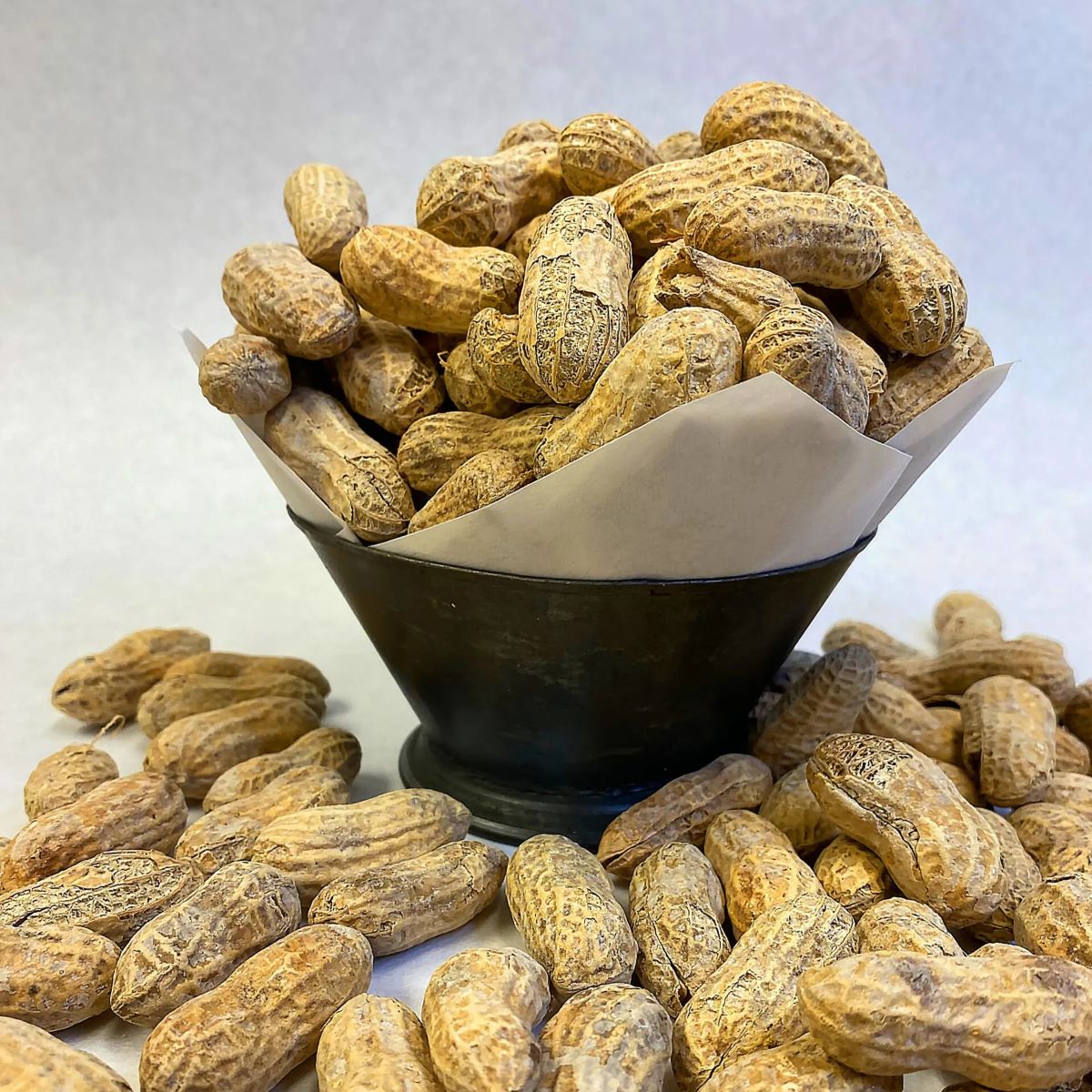
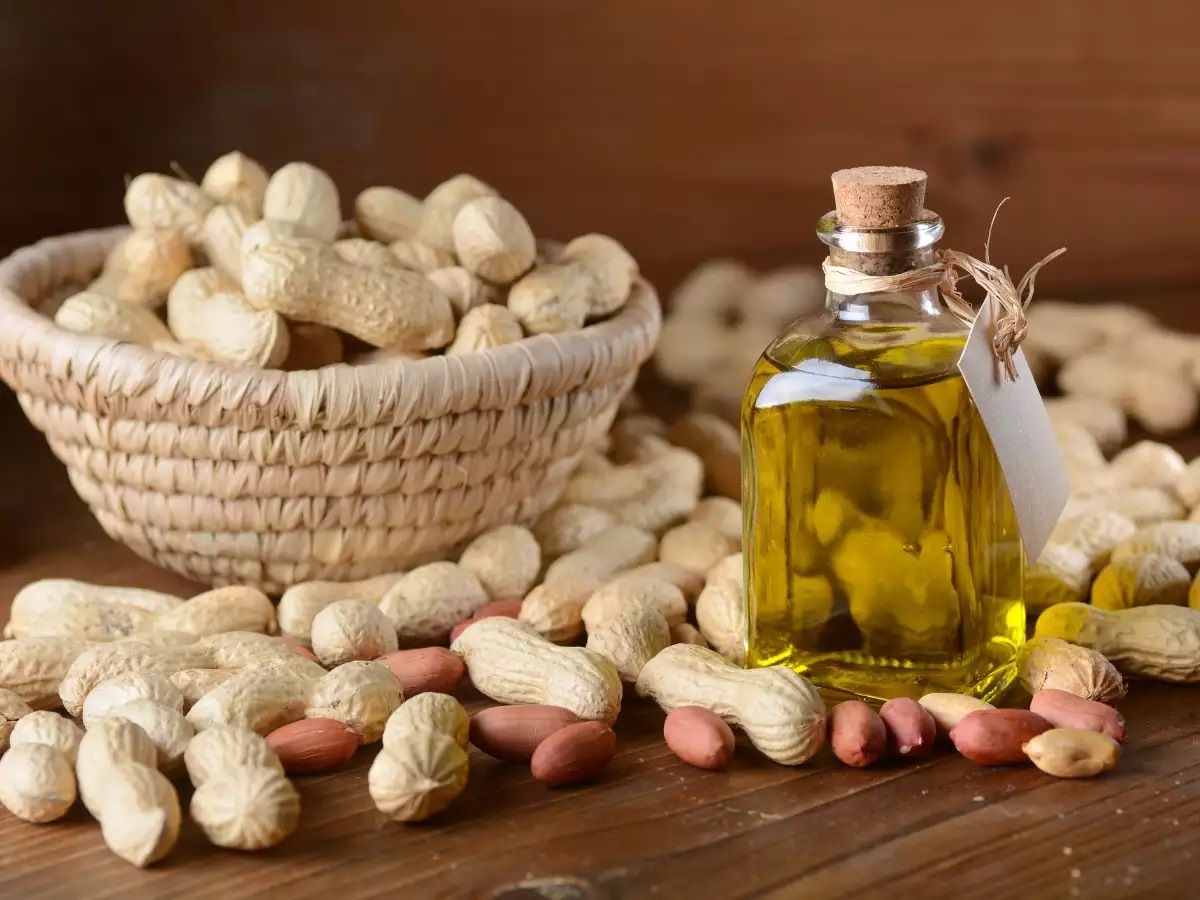
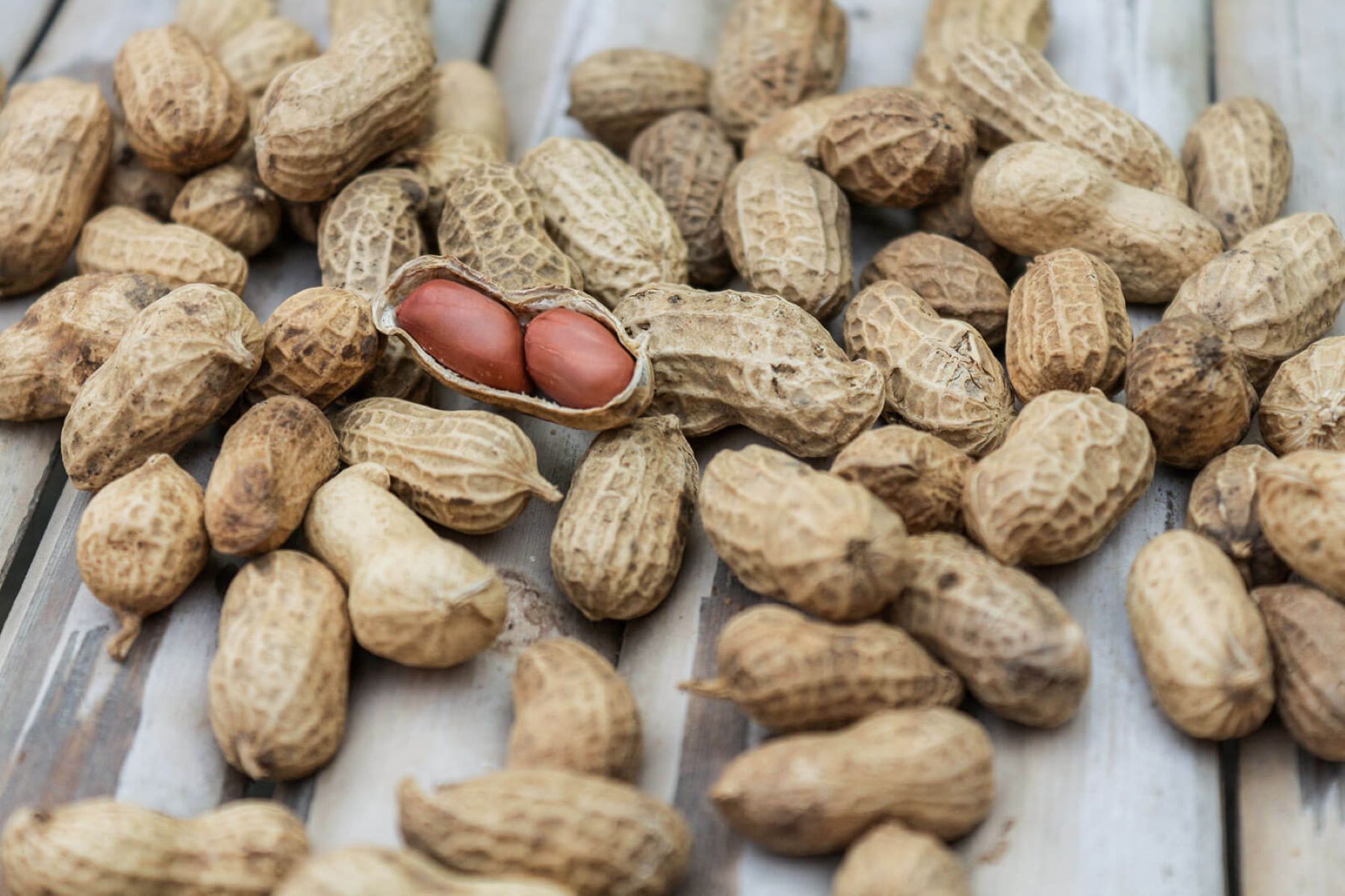
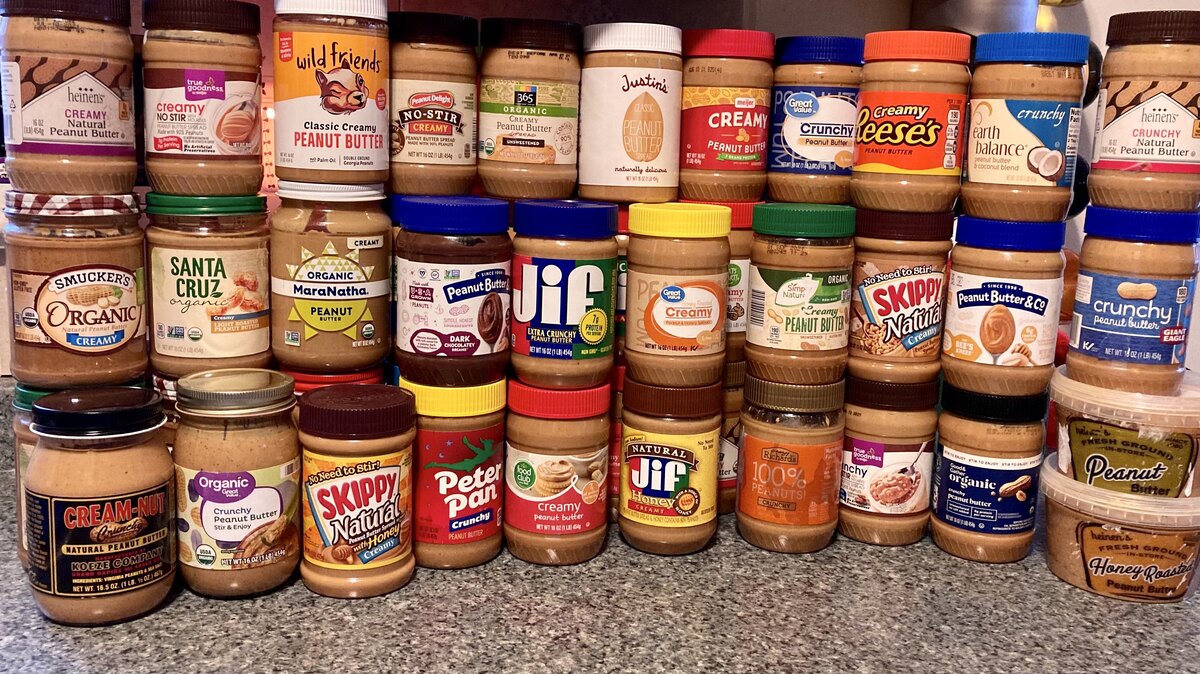
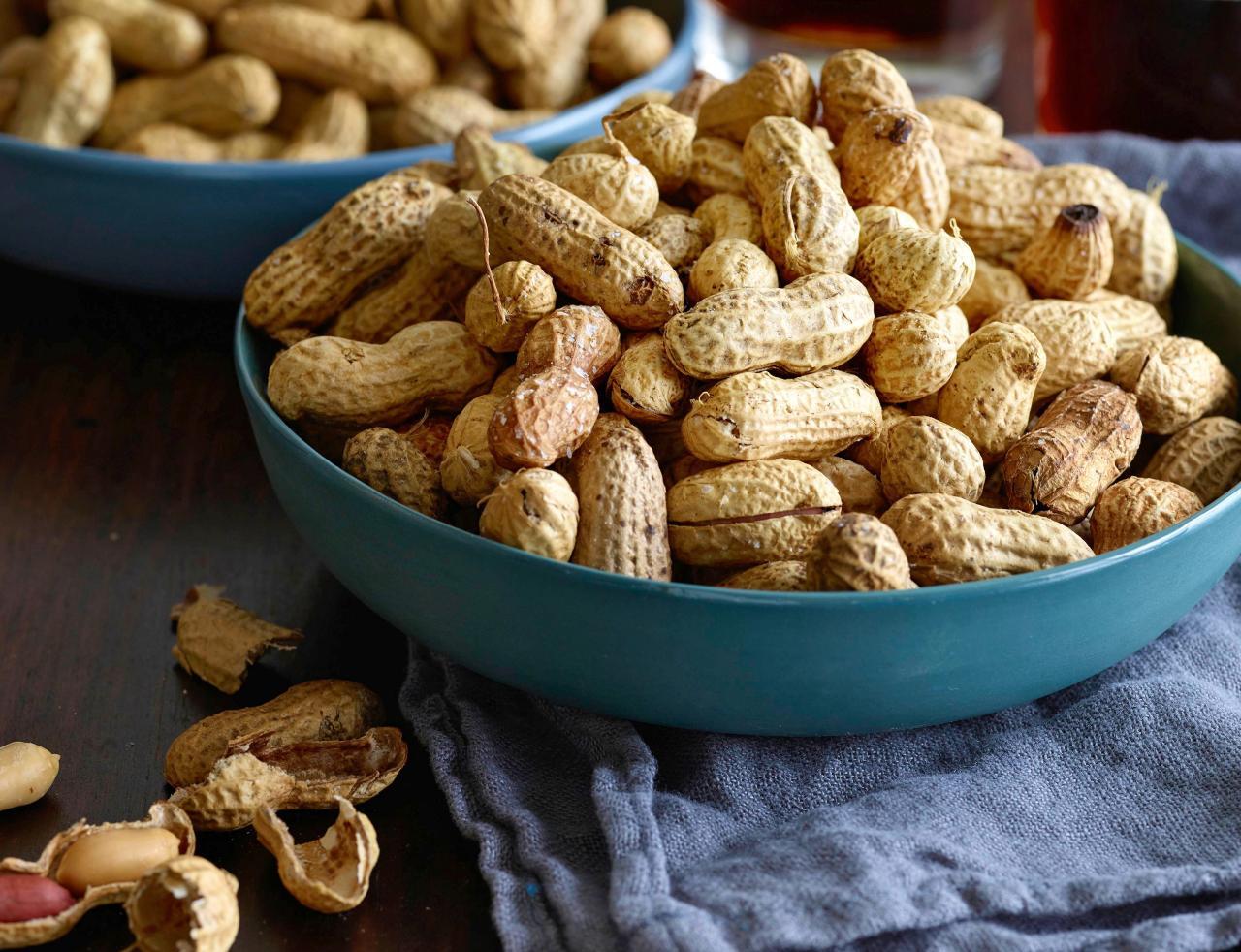
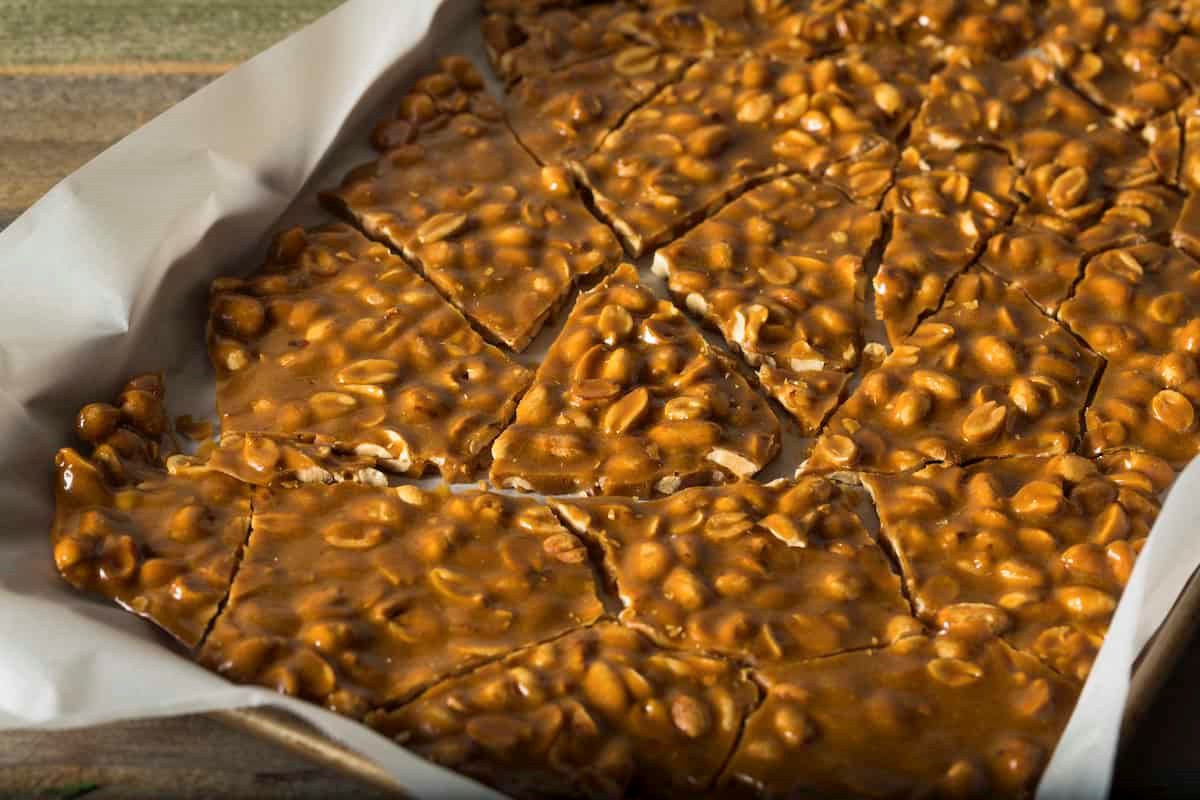
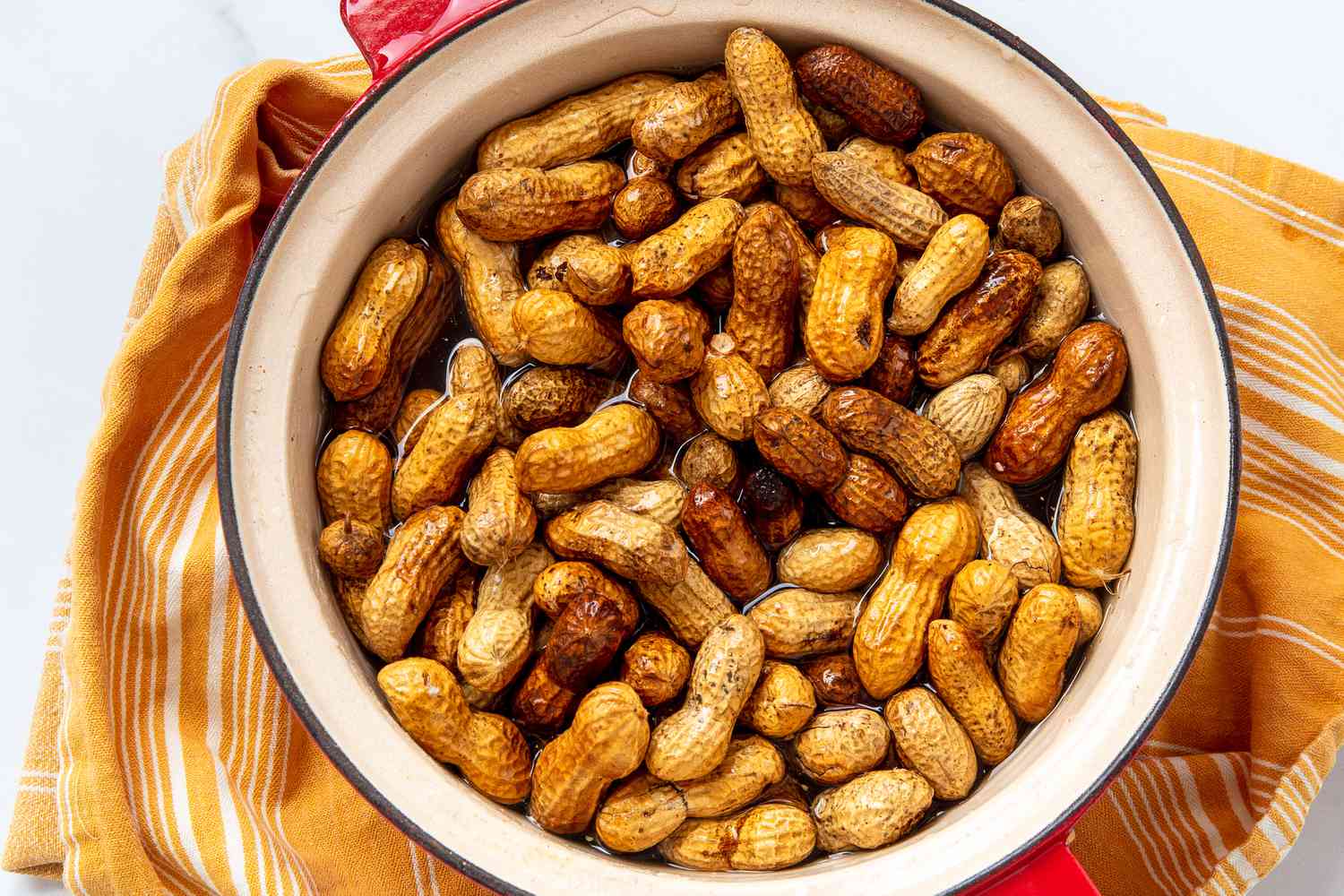
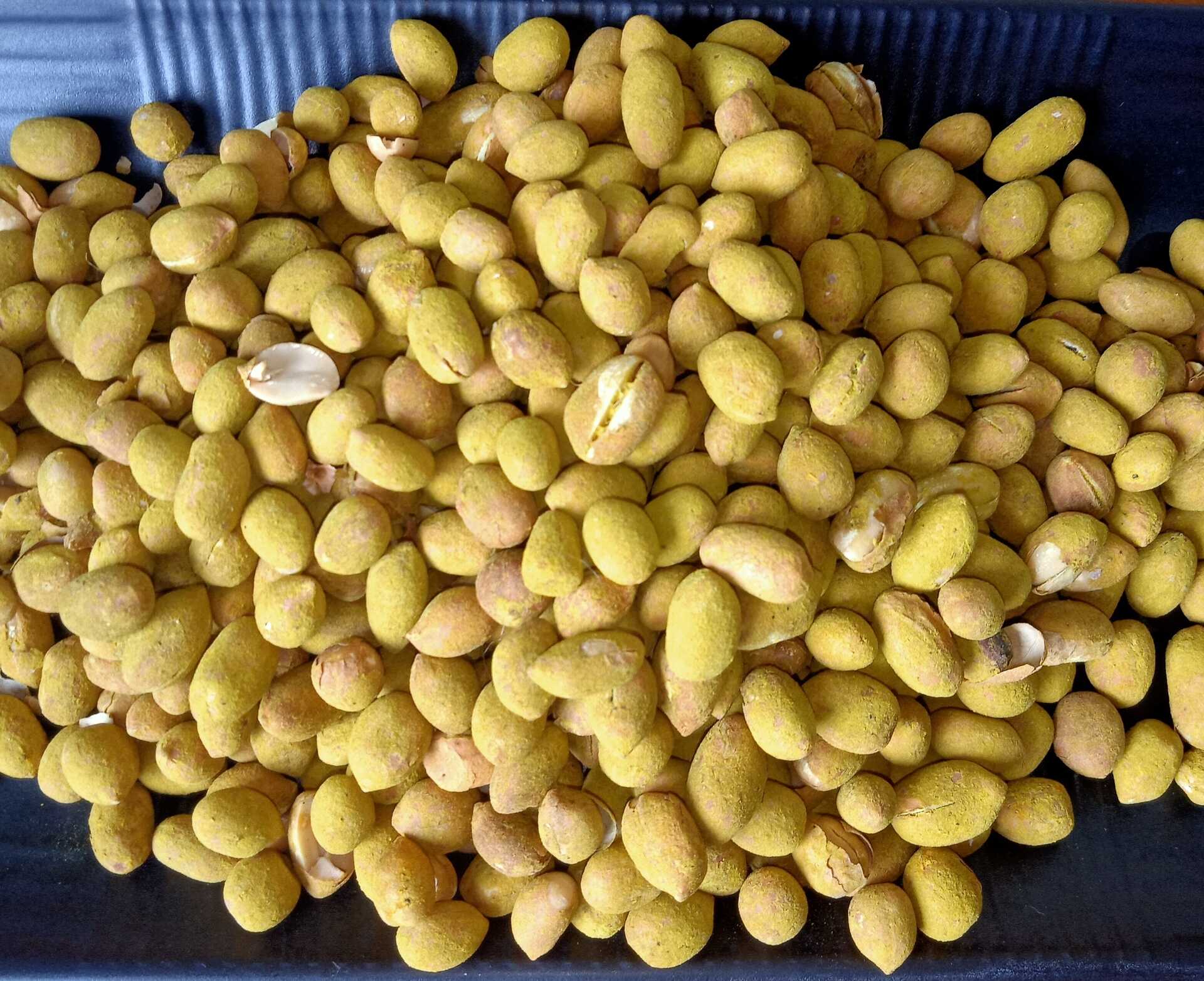
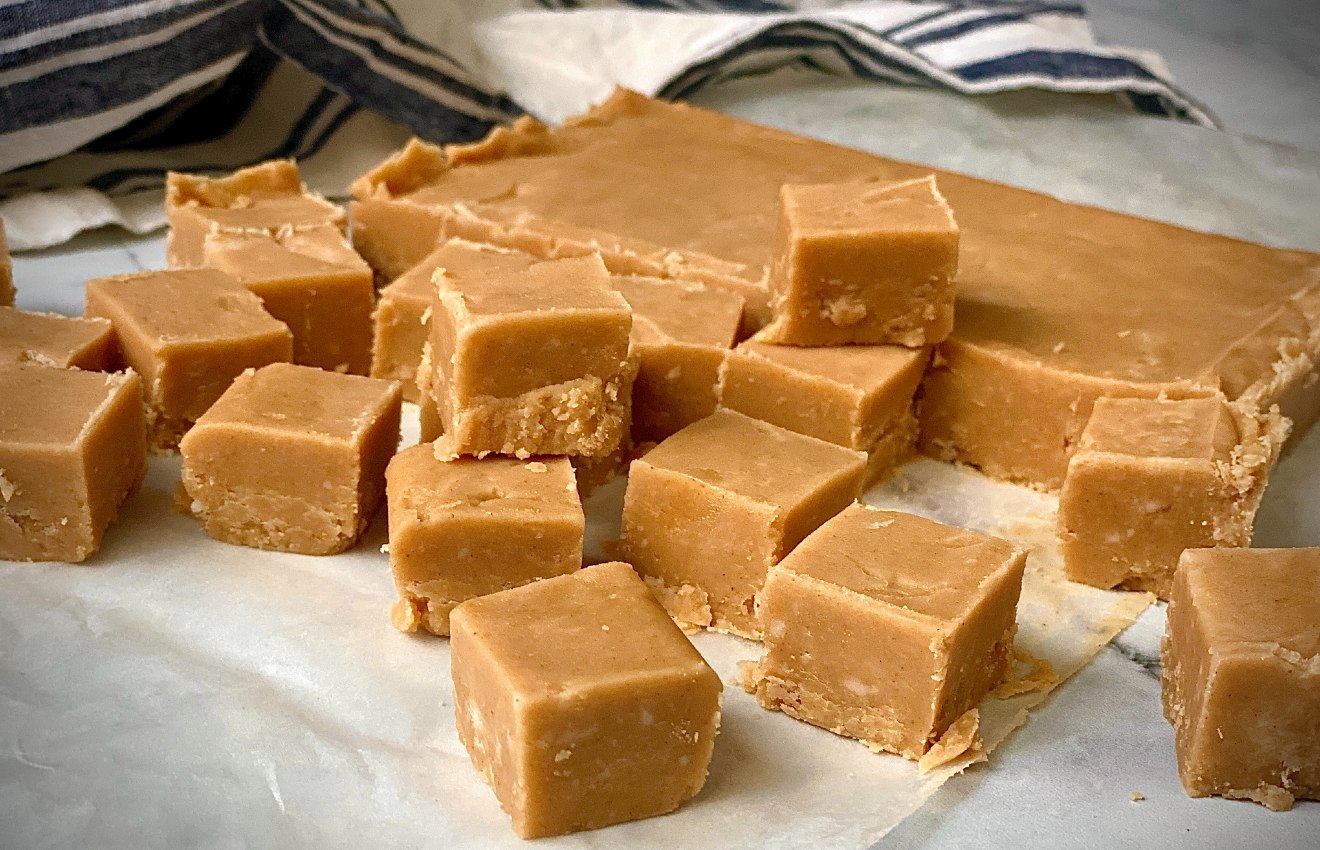
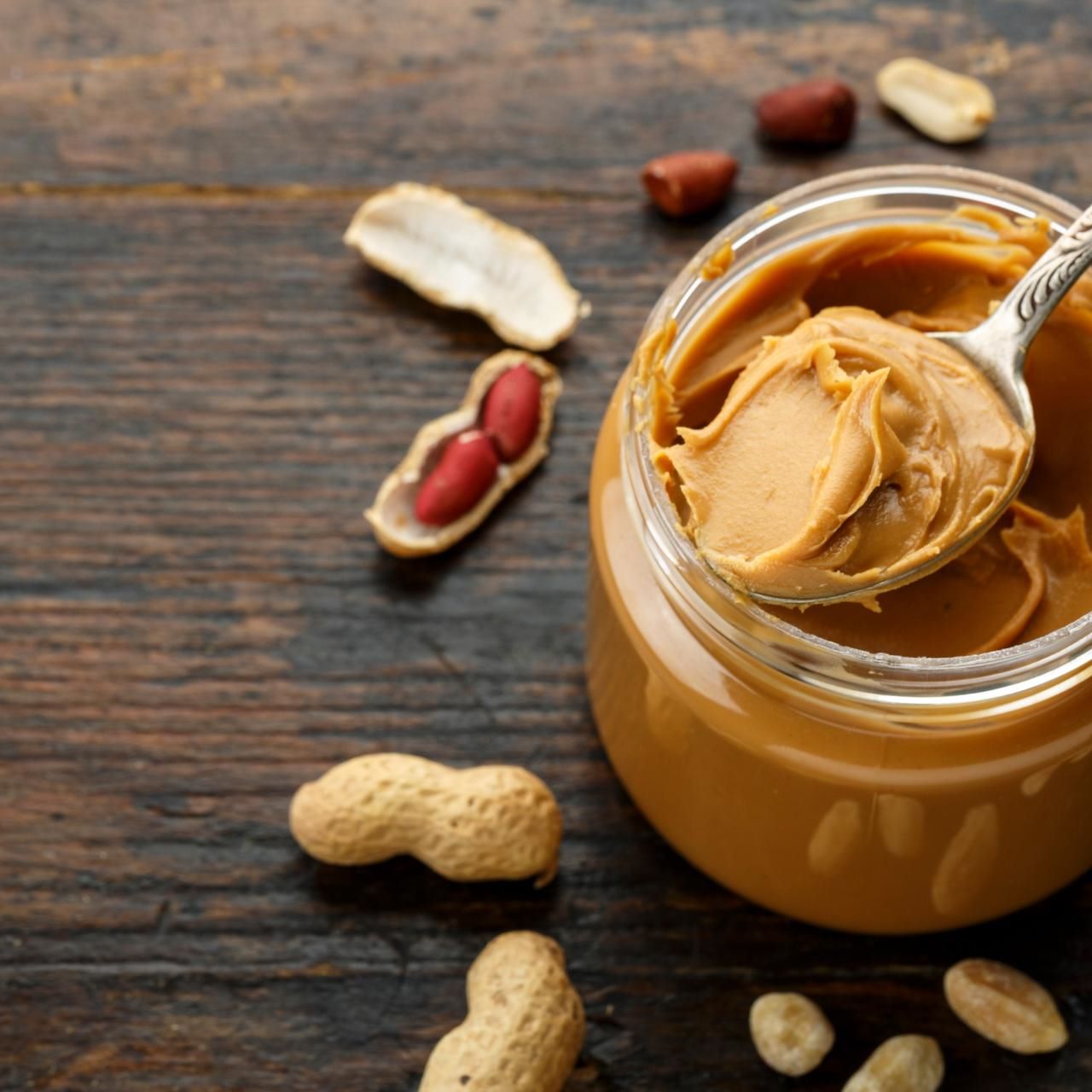
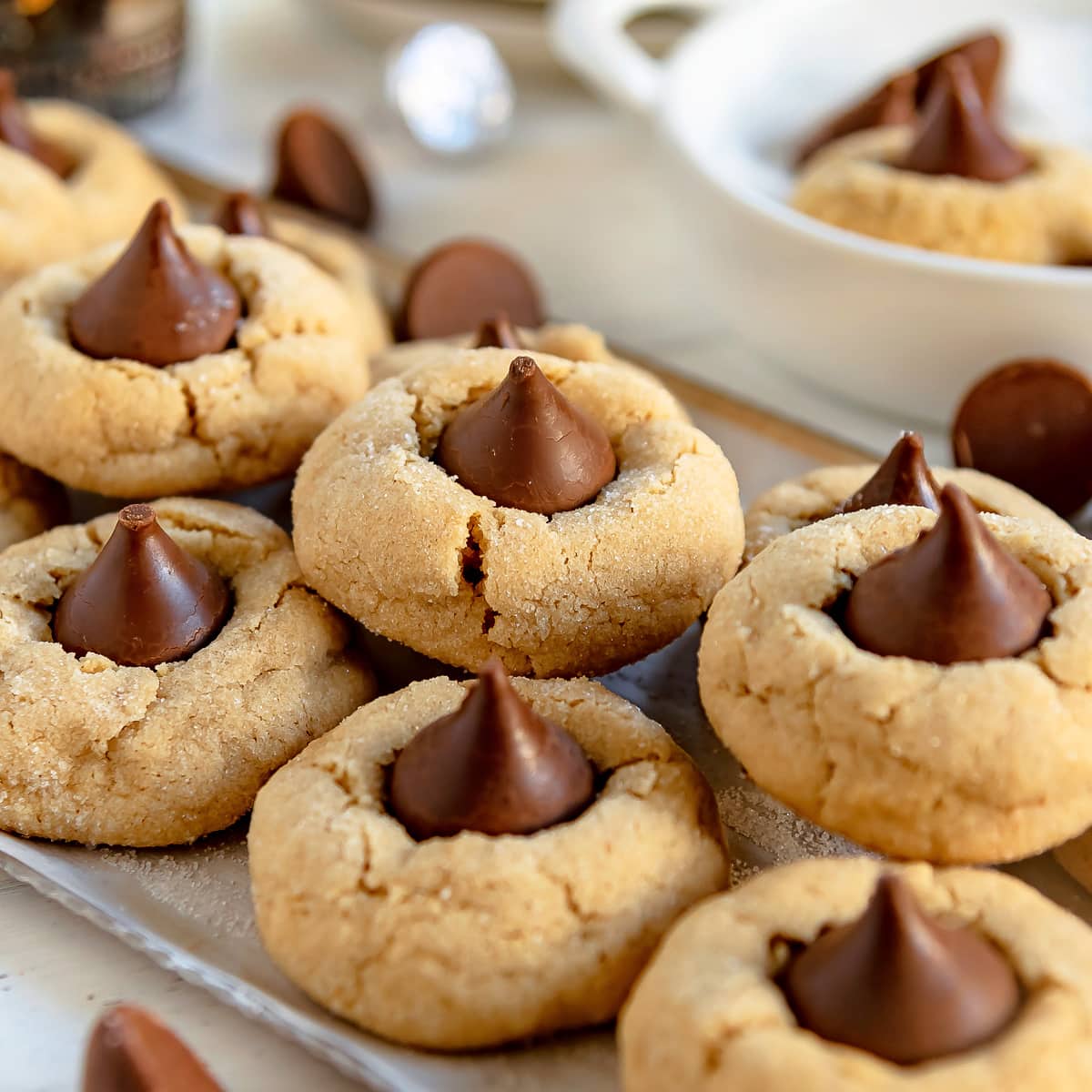
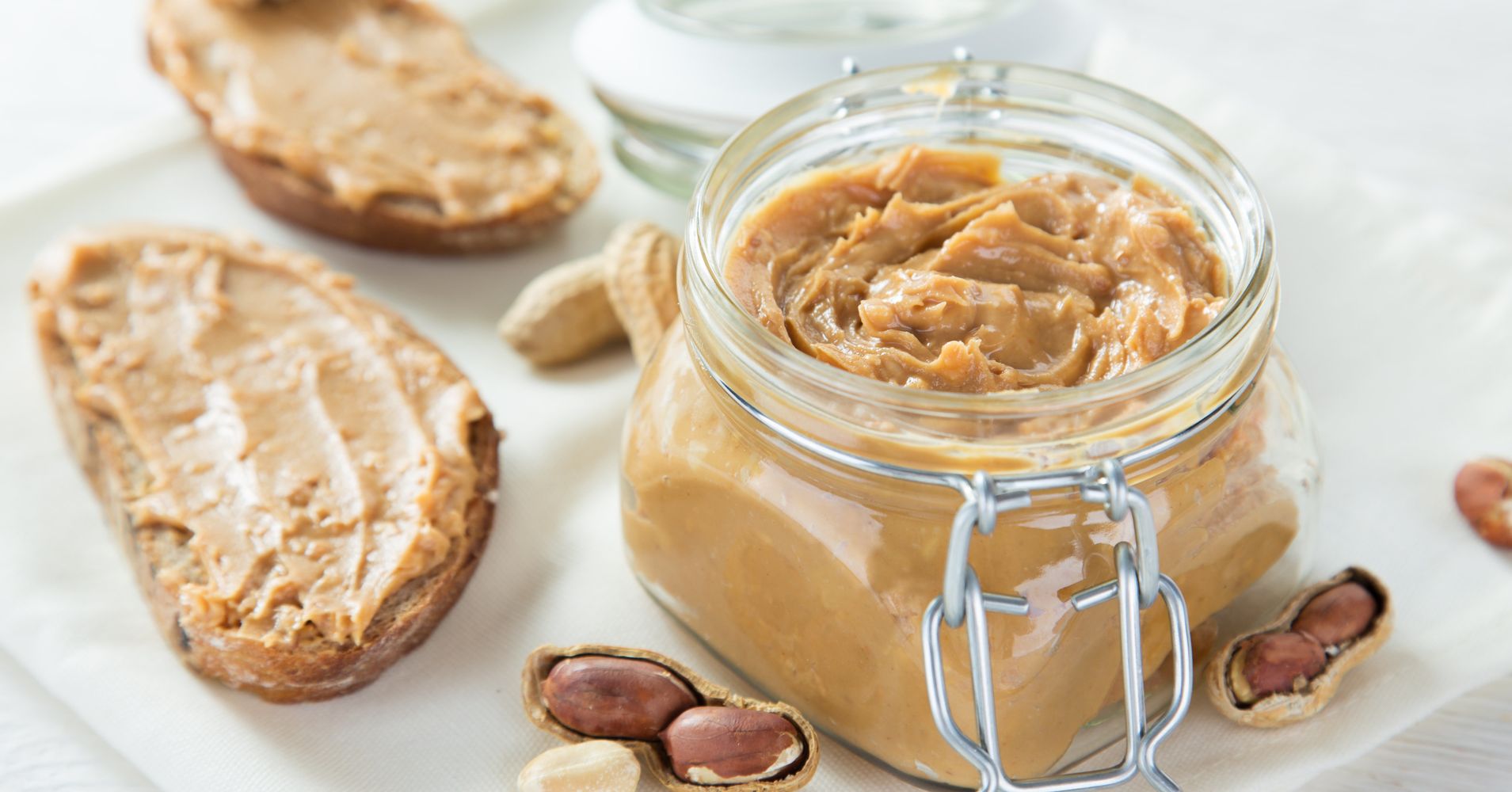
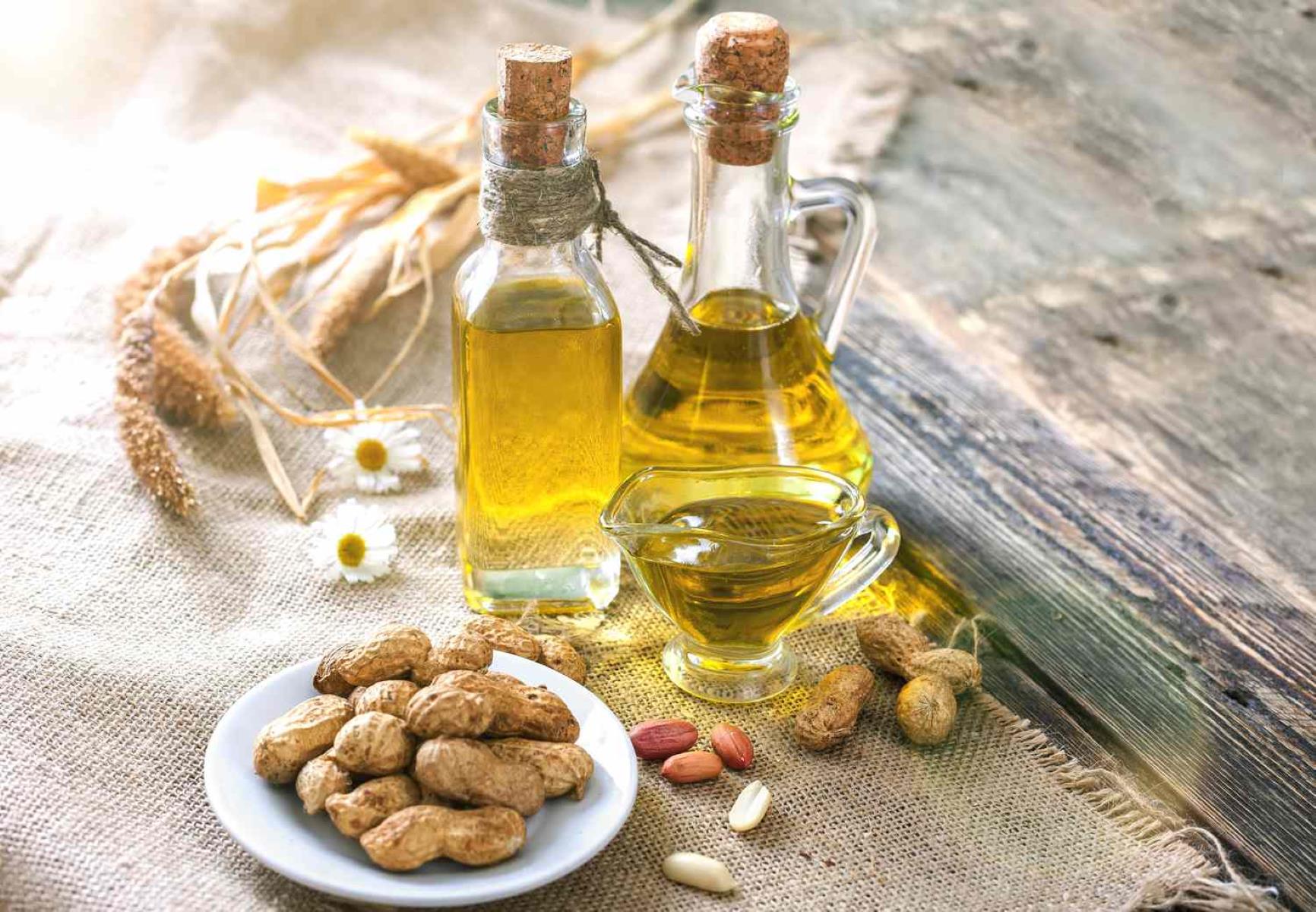

0 thoughts on “How To Store Unshelled Peanuts”